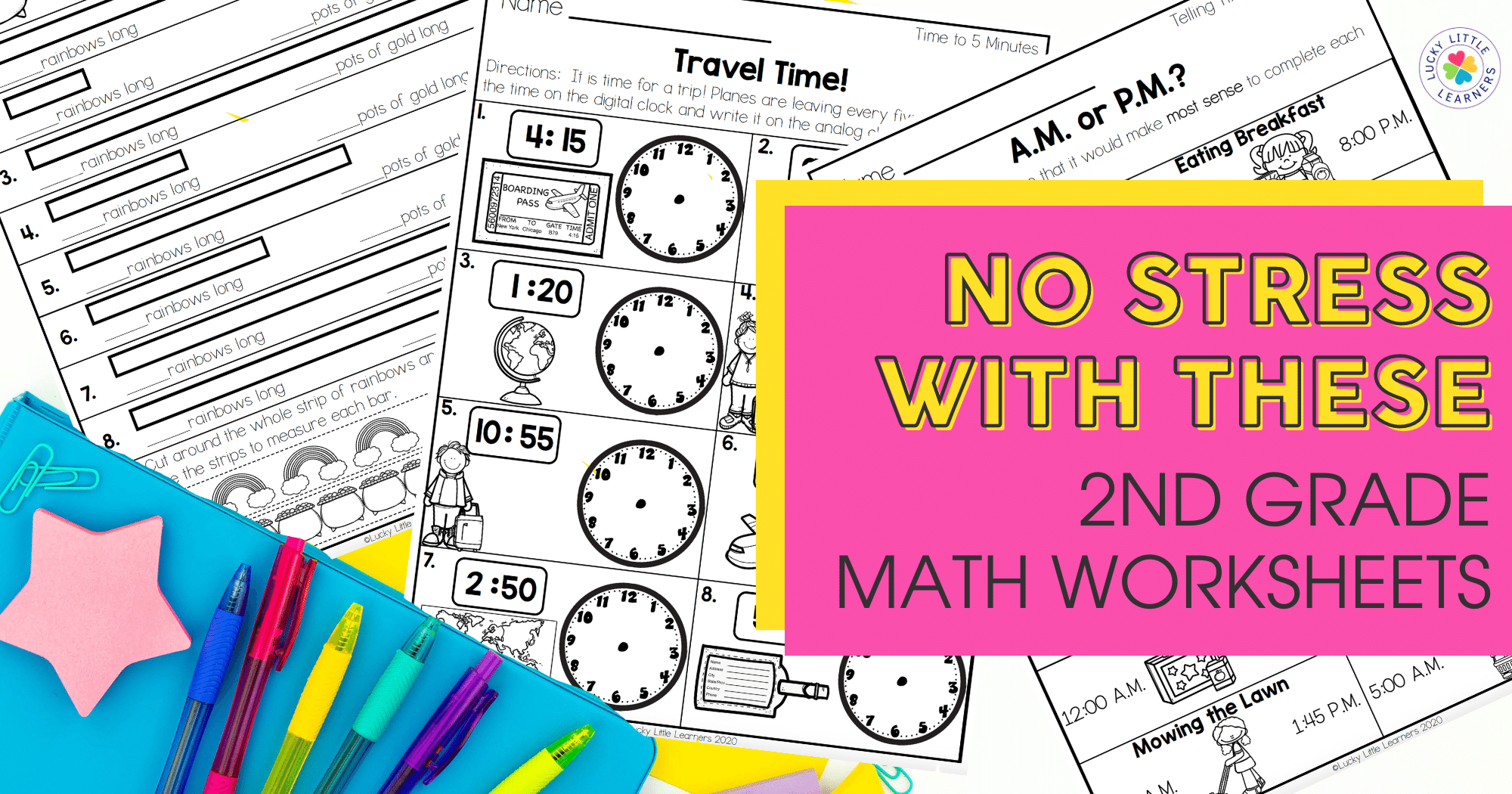
Creating engaging math review worksheets is essential for effective learning and retention. Well-designed worksheets not only reinforce math concepts but also make learning enjoyable for students. Here are some top strategies to consider when designing these worksheets.
Understanding the Needs of Students
Assess Skill Levels
Before creating math review worksheets, it’s crucial to assess the skill levels of your students. Understanding their strengths and weaknesses allows you to tailor the worksheets to meet their specific needs. This ensures that the material is neither too easy nor too challenging, maintaining a balance that keeps students motivated.
Incorporate Varied Problem Types
Engagement often comes from variety. Incorporate different types of problems in your worksheets, such as multiple-choice questions, word problems, and puzzles. This variety helps maintain student interest and addresses different learning styles.
Enhancing Visual Appeal
Use Attractive Layouts
A visually appealing worksheet can significantly enhance student engagement. Use clean, uncluttered layouts with ample spacing. Incorporate colors and images where appropriate to make the worksheets visually stimulating without overwhelming the students.
Include Interactive Elements
Where possible, include interactive elements such as cut-and-paste activities or digital components if the worksheets are online. These elements can turn a routine review into a more dynamic learning experience.
Encouraging Critical Thinking
Pose Challenging Questions
Include questions that require critical thinking and problem-solving skills. These types of questions help students apply their knowledge in new ways, deepening their understanding of math concepts.
Offer Real-World Applications
Integrate problems that relate to real-world scenarios. This helps students see the relevance of what they are learning and can increase their interest and engagement with the material.
Providing Clear Instructions and Feedback
Give Detailed Instructions
Ensure that each worksheet comes with clear, concise instructions. Students should understand what is expected of them without confusion. This clarity helps them focus on solving the problems rather than figuring out what to do next.
Include Space for Feedback
Provide space for students to receive feedback on their work. This can be in the form of teacher comments or self-assessment sections. Constructive feedback helps students learn from their mistakes and improve their skills.
Conclusion
Designing engaging math review worksheets involves a blend of understanding student needs, enhancing visual appeal, encouraging critical thinking, and providing clear instructions and feedback. By implementing these strategies, educators can create effective and engaging worksheets that help students succeed in their math studies.

